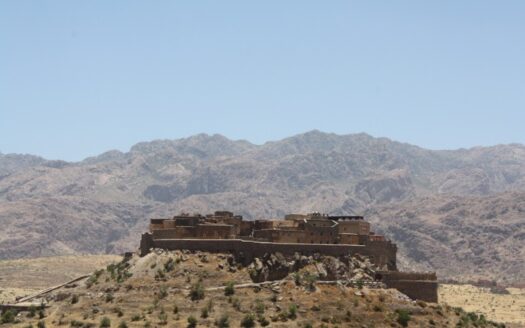The European Commission (EC) has published an updated consolidated version of its FAQs on the implementation of Council Regulation No 833/2014 and Council Regulation No 269/2014 concerning EU sanctions adopted following Russia’s military aggression against Ukraine.
The update includes the following changes in section E „ENERGY“, topic 5 „OIL PRICE CAP“ on pages 227-228, which we would like to present in full, quote:
—
6. When does the price cap start applying? When does it stop applying?
The price cap will apply from the receipt of cargo on a vessel of the Russian-origin crude oil or petroleum products (loading). This means that any intermediary trade conducted while the oil is at sea must occur at or below the price cap. The same applies also in cases of oil ship-to-ship transfers. The price cap will no longer apply after the crude oil or petroleum products have been released for free circulation in a jurisdiction outside Russia and are consigned to the landed purchaser.
If the oil or petroleum products have been customs cleared and then become seaborne again without being substantially transformed in line with non-preferential rules of origin, then the price cap will still apply.
Once Russian crude is substantially transformed (e.g. it is refined and comes under a different HS tariff heading) in a third country other than Russia, it is no longer considered to be of Russian origin, and thus the price cap no longer applies.
For the purposes of the price cap, with regards to petroleum products, the price cap no longer applies when the blending operations in a third country involving Russia origin petroleum products result in a tariff shift at 8 digit level, i.e if the blending operation results in a difference between the 8 digits code of the input Russian petroleum products(s) and the output petroleum product.
Q&As
- Home
- Asset Management
- European Union
- [EC] European Commission
- Q&As
- Consolidated FAQs on the implementation of Council Regulation No 833/2014 and Council Regulation No 269/2014 [Version of 27 February 2023]
Consolidated FAQs on the implementation of Council Regulation No 833/2014 and Council Regulation No 269/2014 [Version of 27 February 2023]
ID
22035
Other Features
asset freezing
banks
CIS
commodities
credit
crypto-assets
custodian
fund
fund management
insurance
prohibition
restrictions
sanctions
securities
securities trading
trading
Ukrainian conflict
Date Published: 2023-02-27
Regulatory Framework: EU Sanctions
Regulatory Type: Q&As
ID 26549
The EC has published an updated consolidated version of its FAQs on the implementation of ...
ID 26451
The European Commission (EC) has published a draft Commission notice „on the interpr ...
ID 26350
Following the European Council’s adoption of a twelth package of restrictive measure ...
ID 26287
The European Commission has published information on the latest progress of the review of ...
Topic Filter
You are on the training version of RISP core with limited functions and data.
Please subscribe to RISP core for professional or academic use. We supply free real time datasets for approved academic research; professional subscriptions start at 950€ plus VAT per annum.
